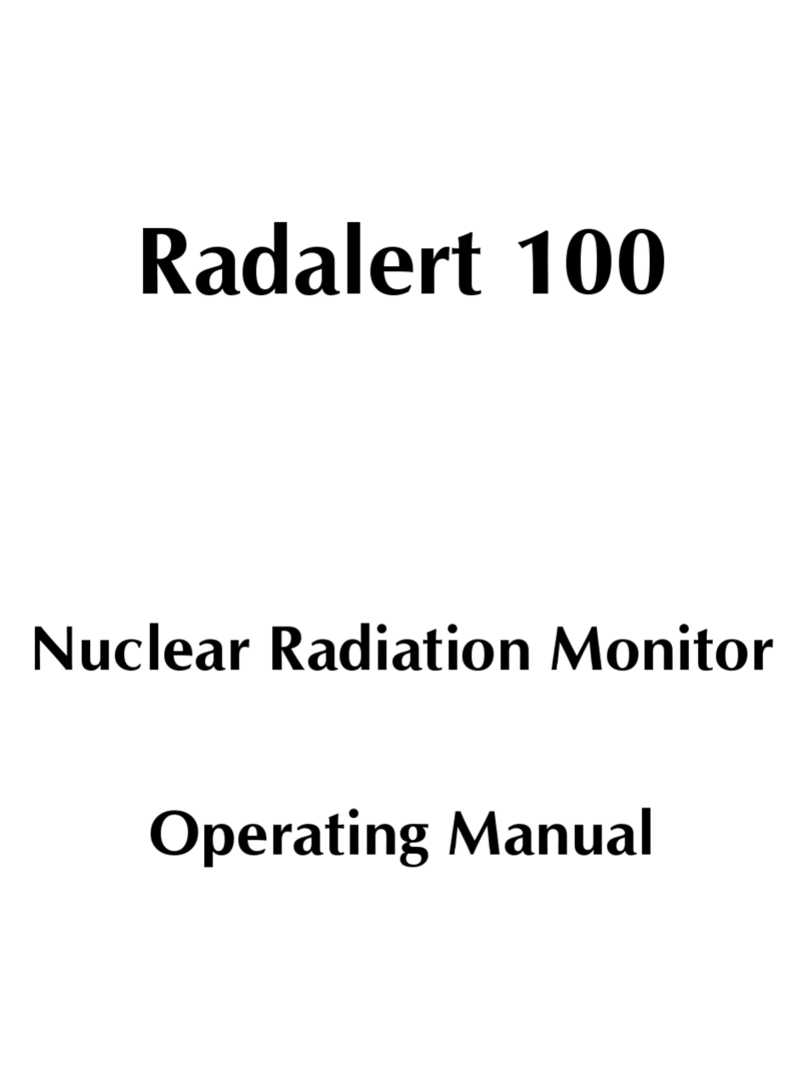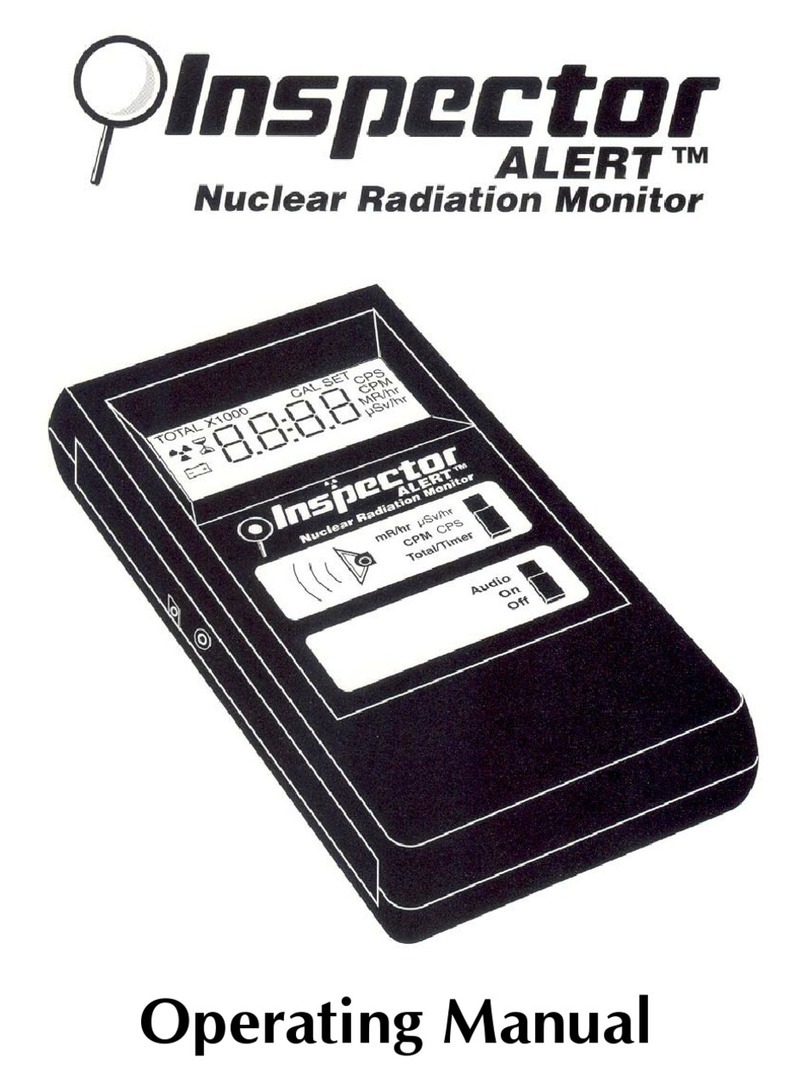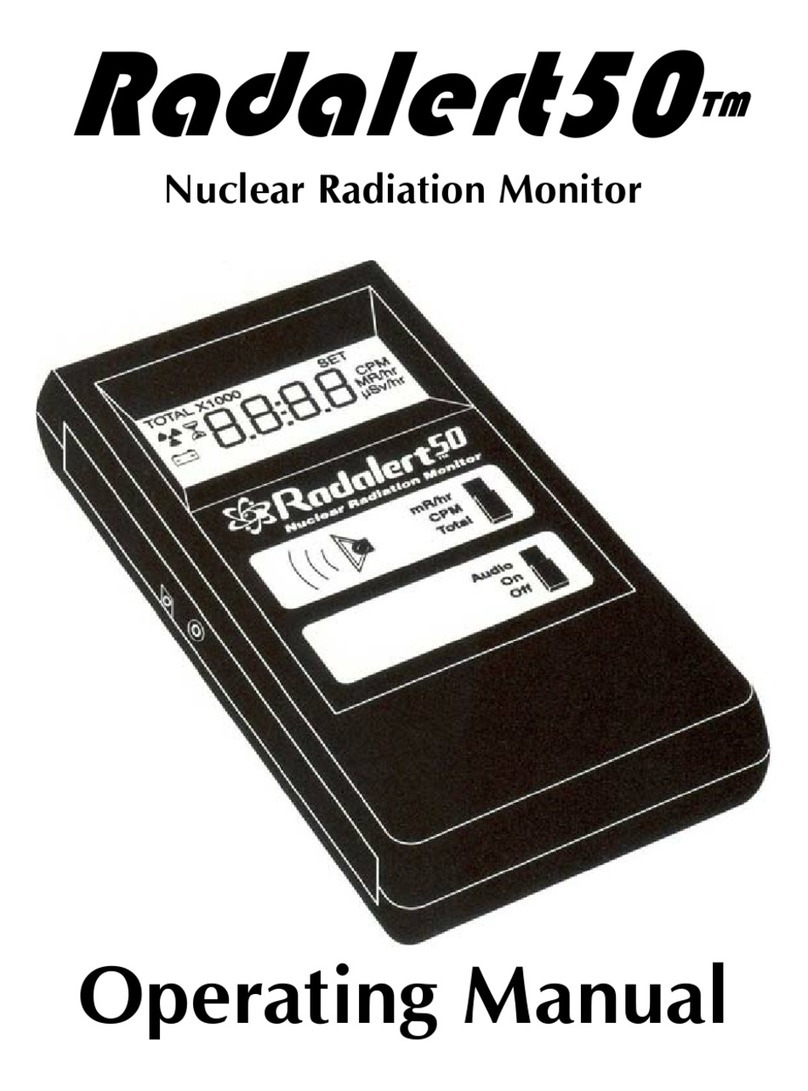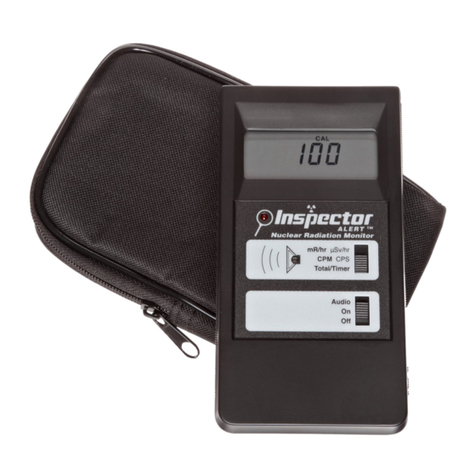International Medcom Radalert 100X User manual




















Table of contents
Other International Medcom Measuring Instrument manuals
Popular Measuring Instrument manuals by other brands
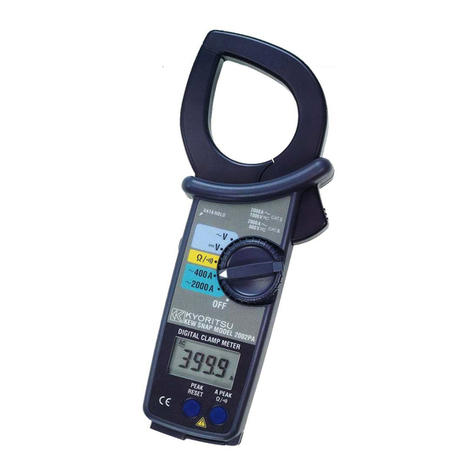
KYORITSU
KYORITSU KEW SNAP Series instruction manual

PCB Piezotronics
PCB Piezotronics IMI SENSORS M604B31 Installation and operating manual

Honeywell
Honeywell 6108 Operations & installation guide
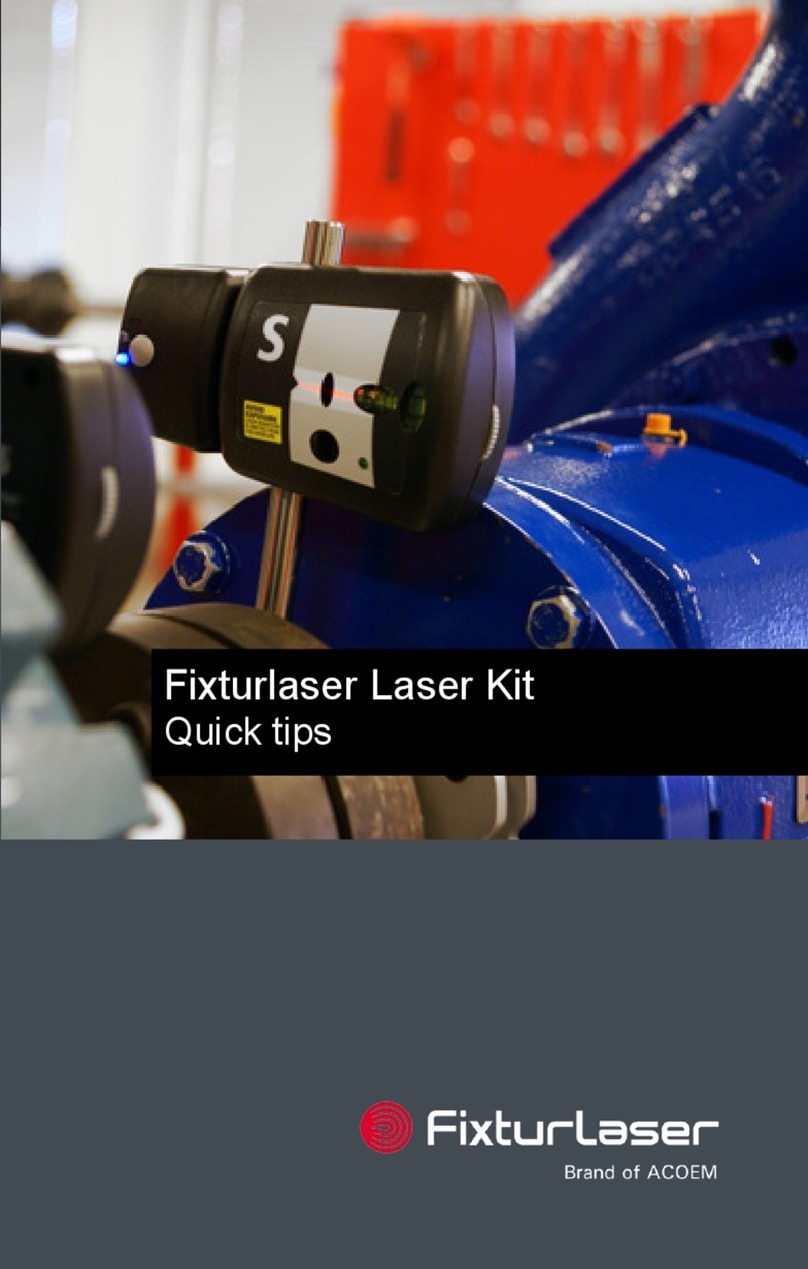
ACOEM
ACOEM Fixturlaser Laser Kit Quick tips
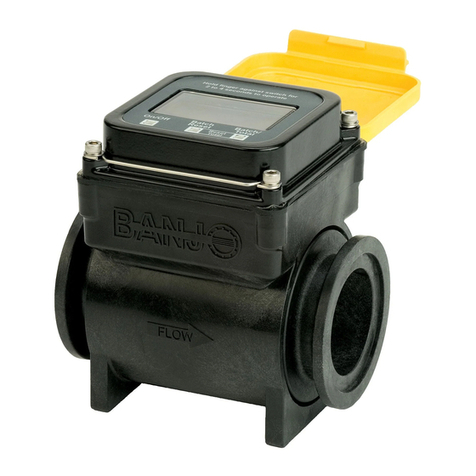
Banjo
Banjo MFM220 quick start guide
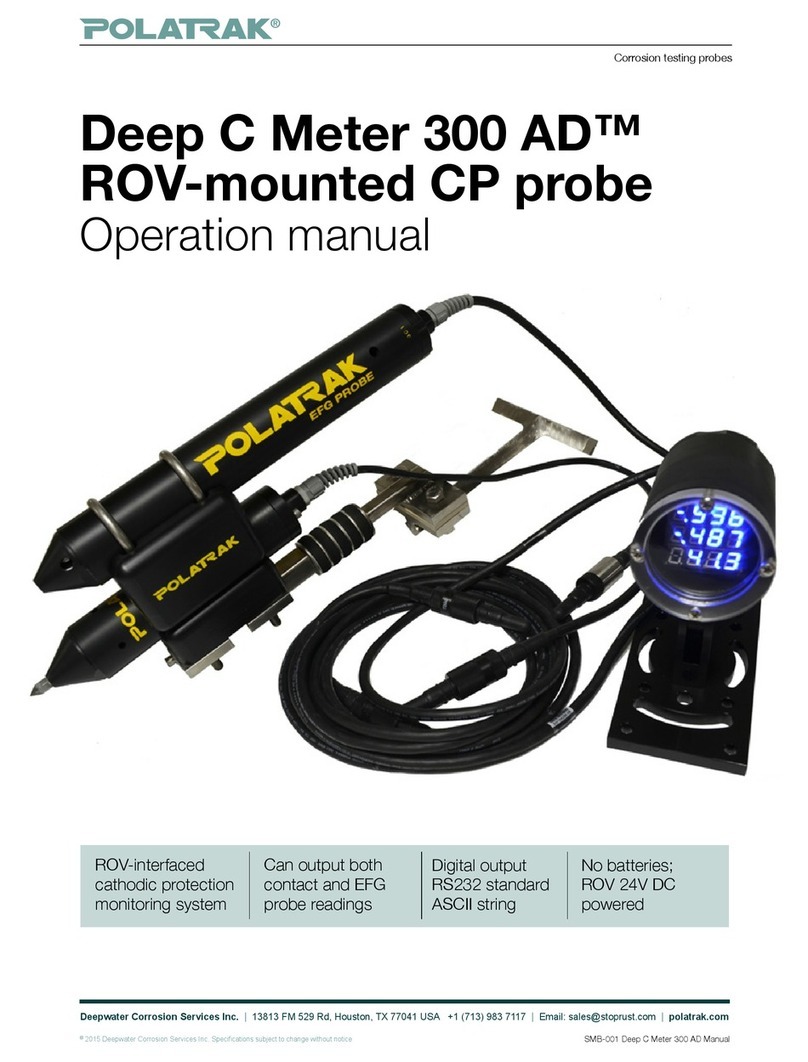
Polatrak
Polatrak Deep C Meter 300 AD Operation manual
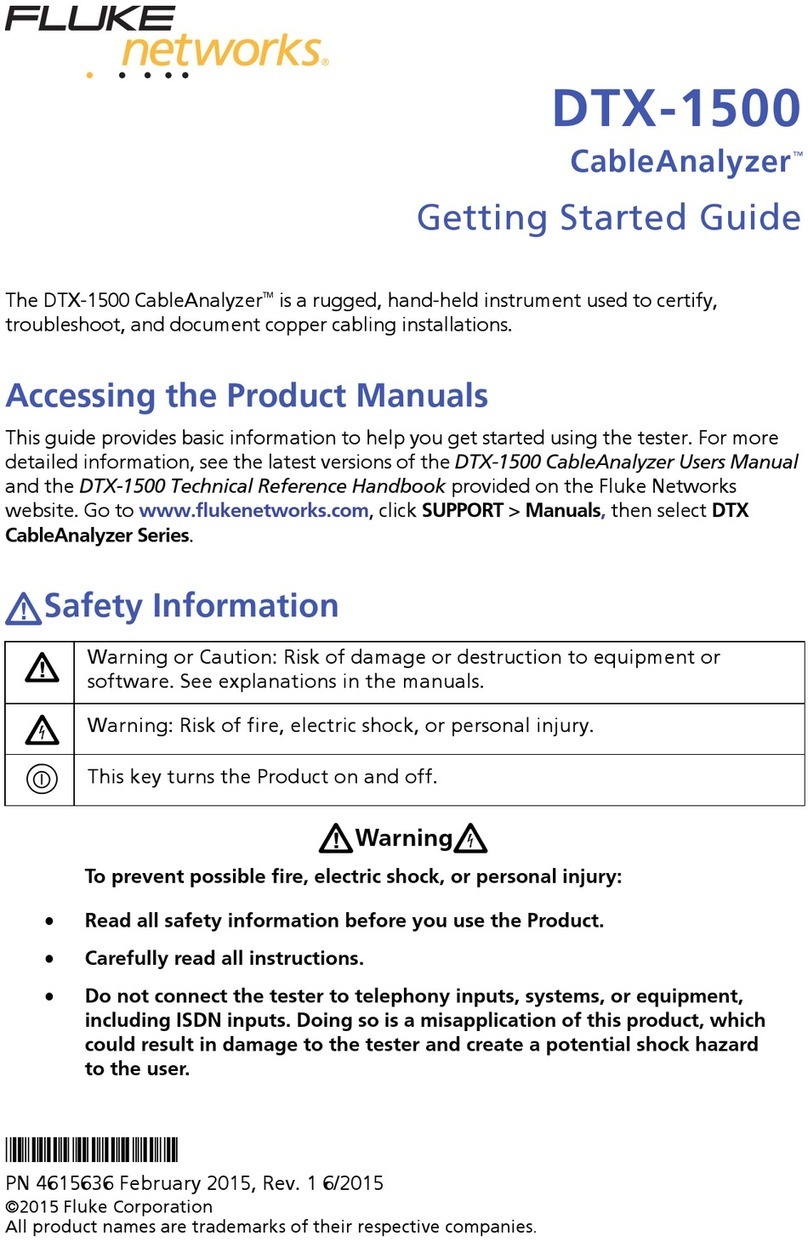
Fluke
Fluke CableAnalyzer DTX-1500 Getting started guide
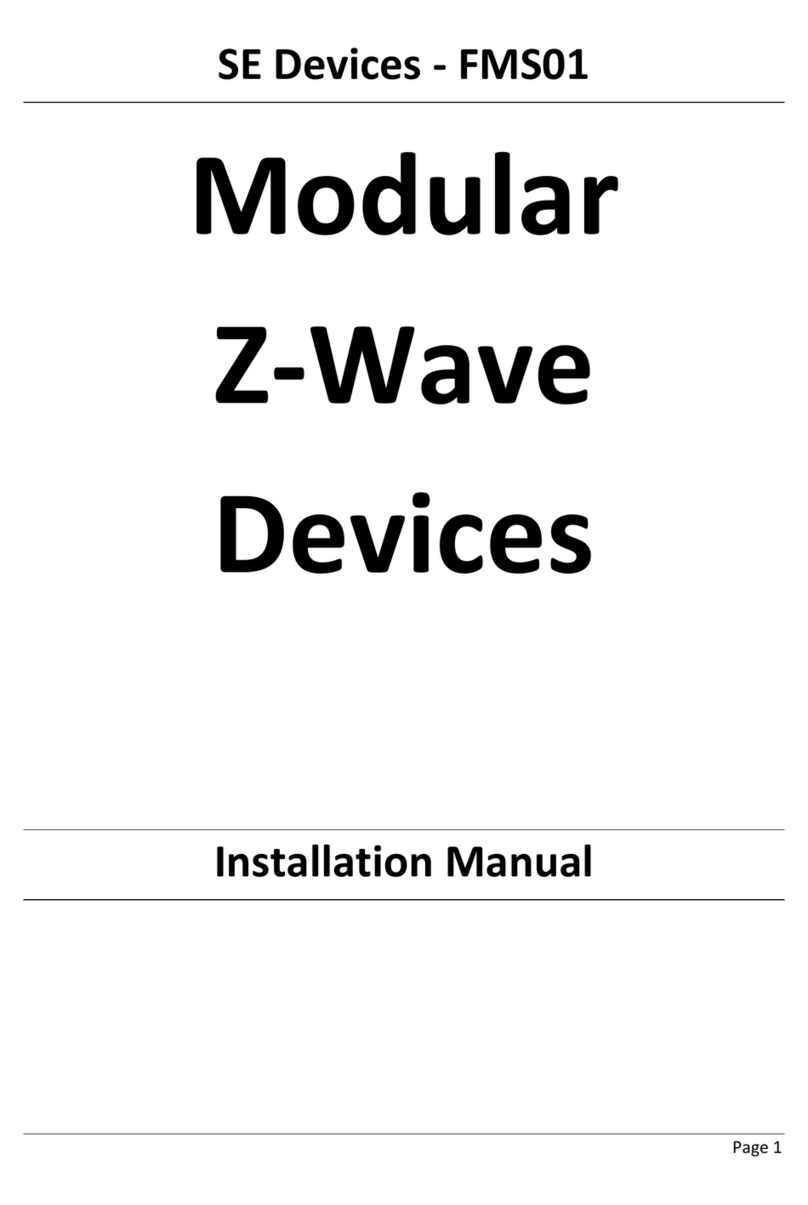
SE Devices
SE Devices Z-Wave Series installation manual
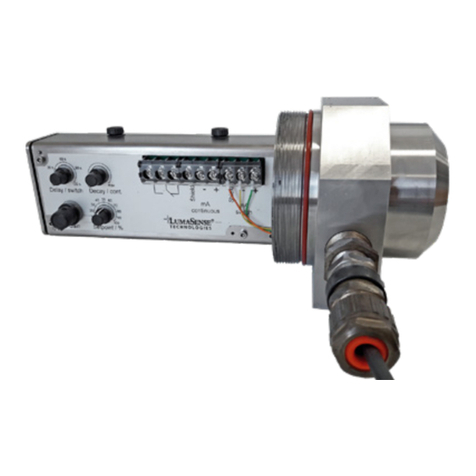
Advanced Energy Industries
Advanced Energy Industries LumaSense Technologies E2T Quasar 2 Series quick start guide

geo-FENNEL
geo-FENNEL FET 200 manual
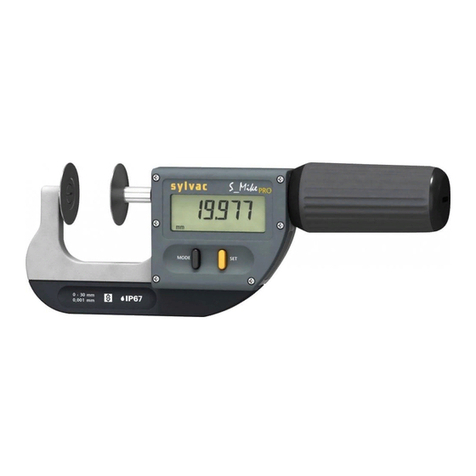
Sylvac
Sylvac S Mike PRO Smart instructions
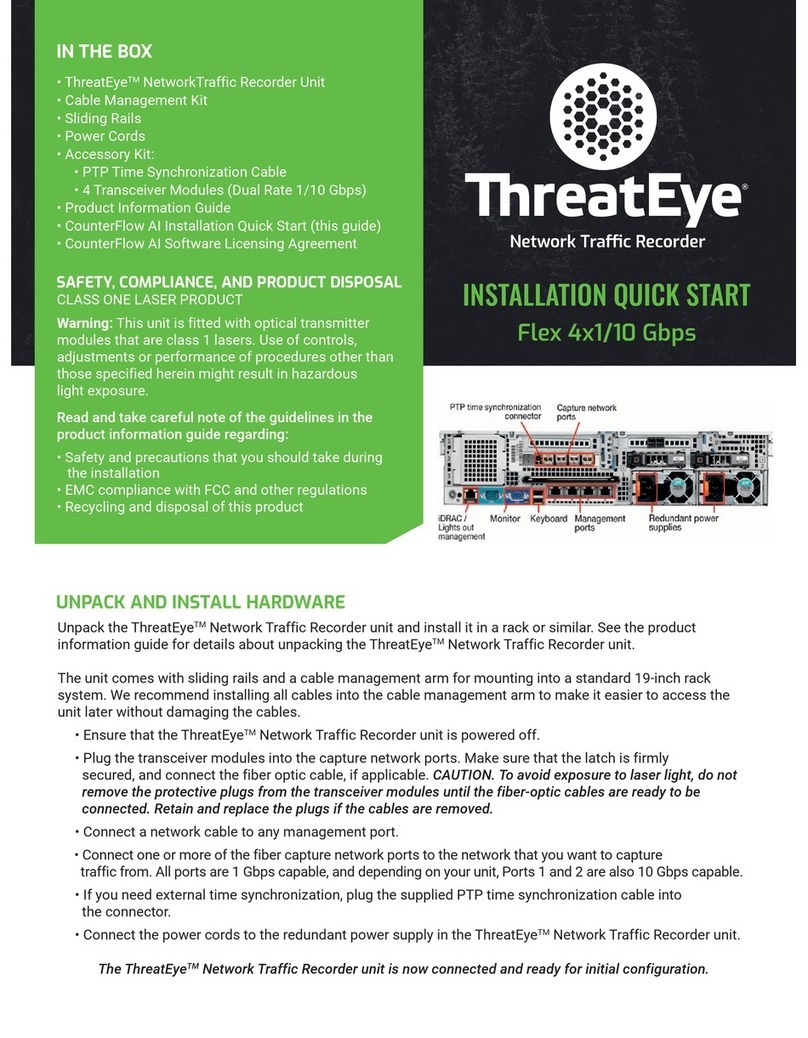
COUNTERFLOW AI
COUNTERFLOW AI ThreatEye NetworkTraffic Recorder Installation, quick start
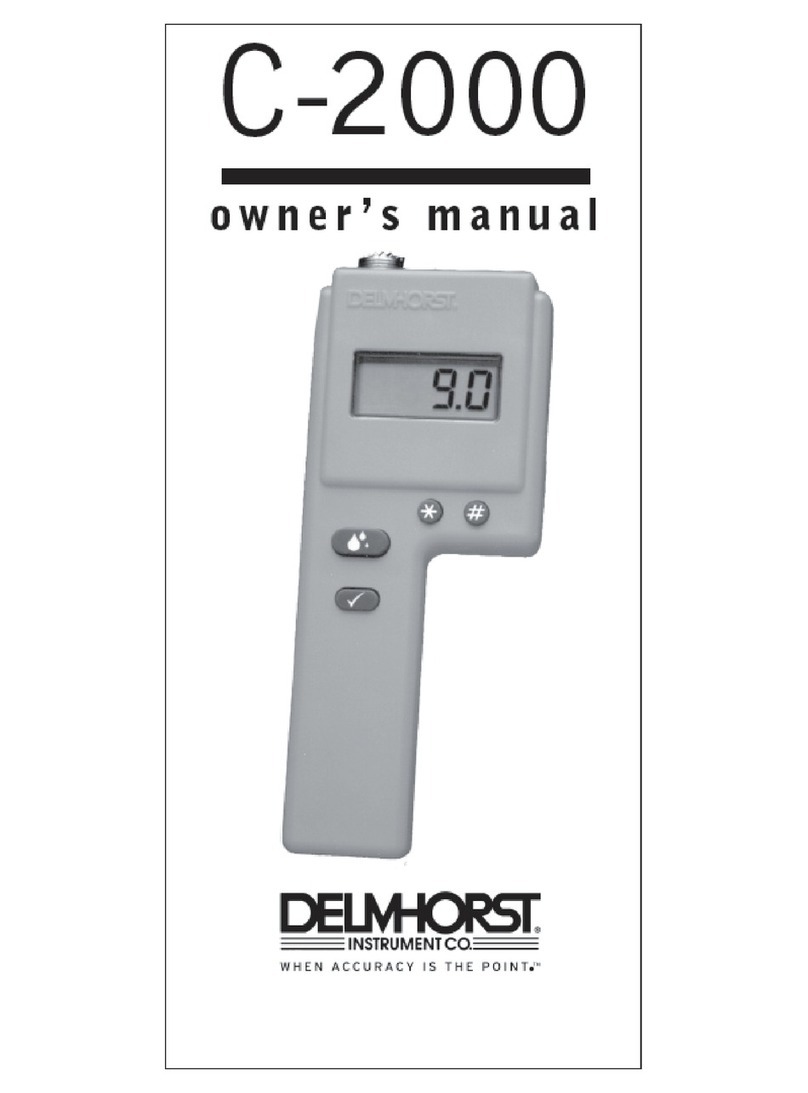
Delmhorst Instrument Co
Delmhorst Instrument Co C-2000 owner's manual
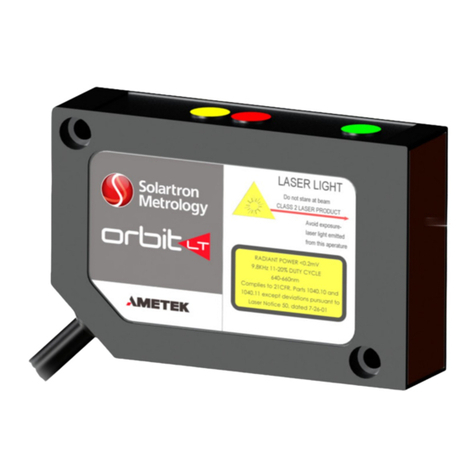
Ametek
Ametek Solartron Metrology ORBIT LT manual

Armstrong
Armstrong Steam QM-3 Installation and operation manual

Scarlet Tech
Scarlet Tech WL-410 user guide
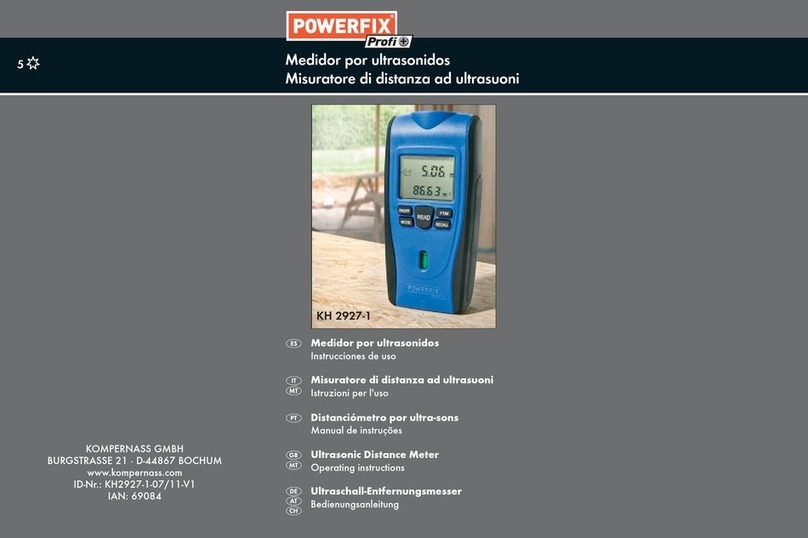
Powerfix Profi
Powerfix Profi KH 2927-1 operating instructions
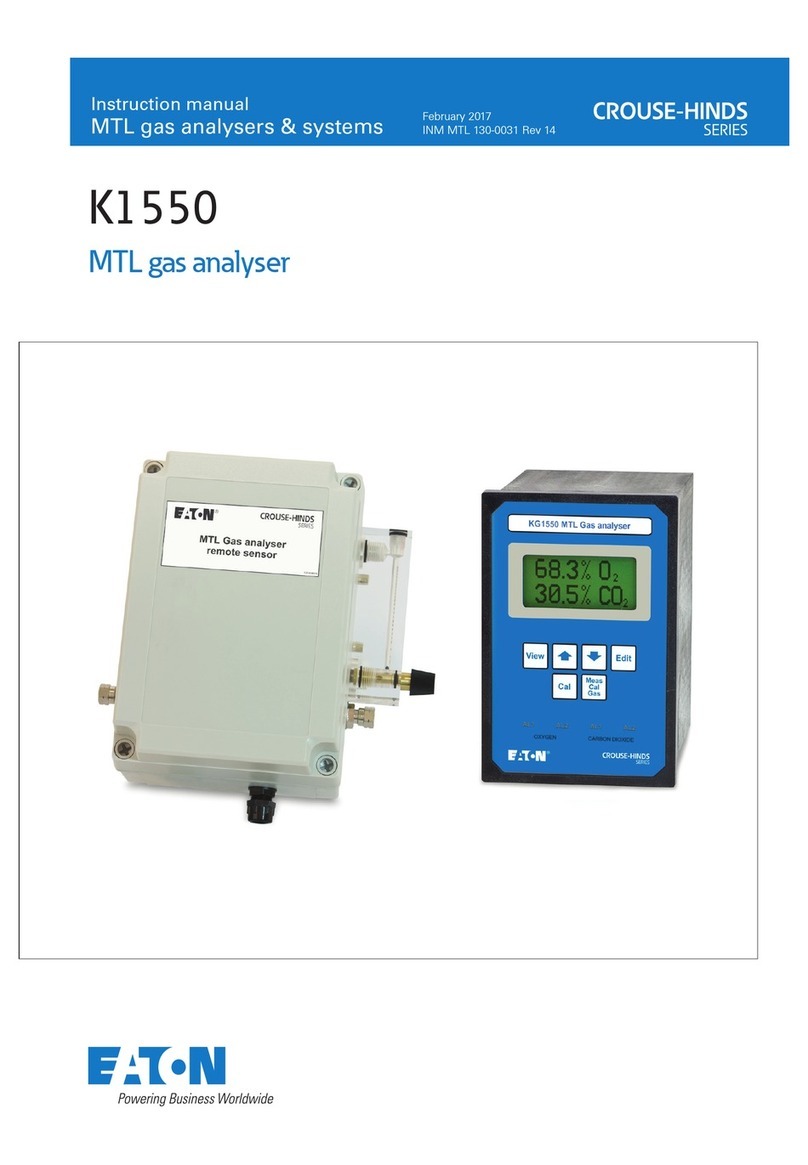
Eaton
Eaton Crouse-hinds series instruction manual
